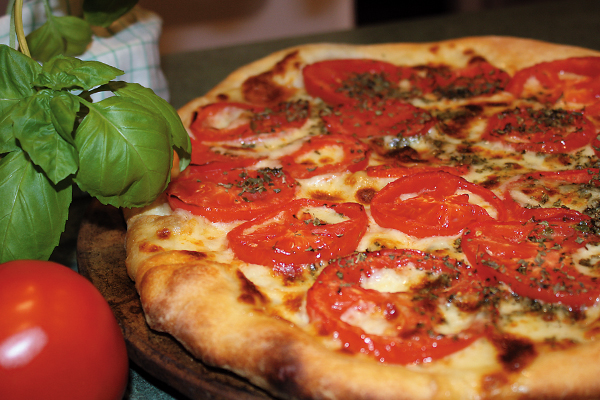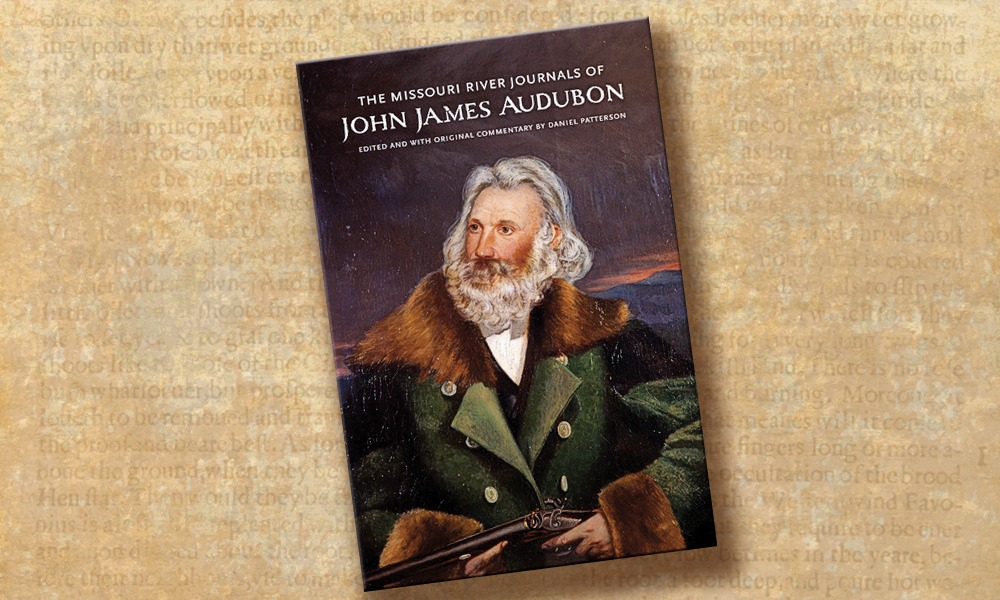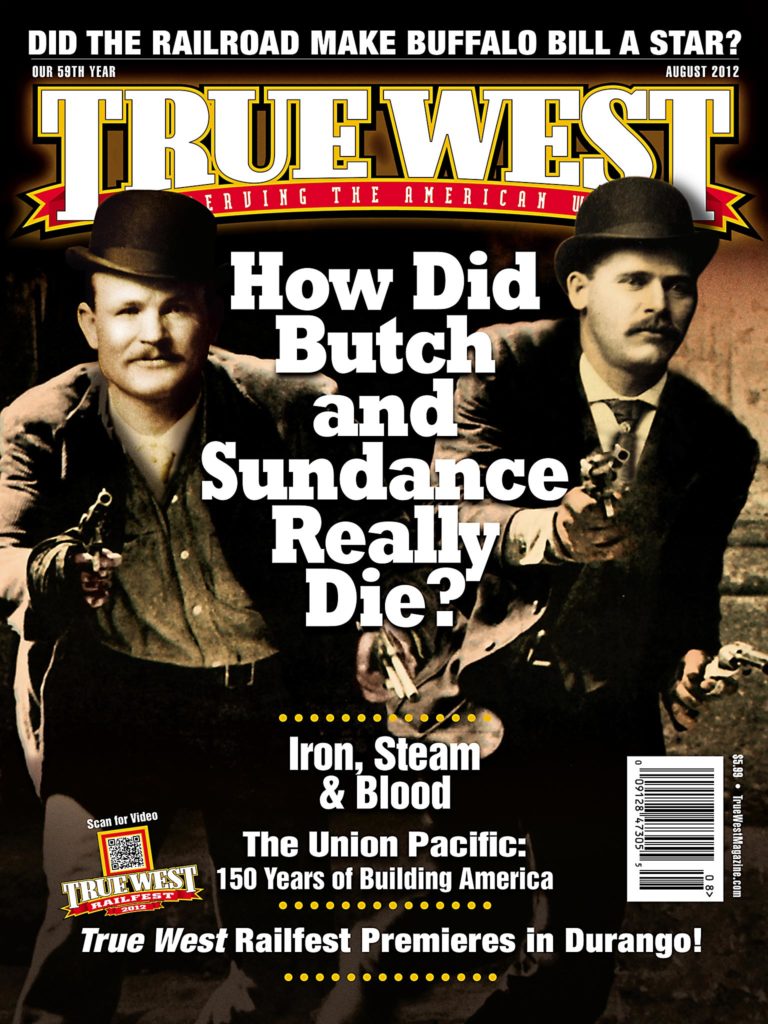 “My wife has been in the habit for several years of putting up tomatoes for winter use…. She says they must be stewed a long time..,” penned a reporter for the Arkansas State Gazette in Little Rock in 1847. She also sun-dried tomatoes to preserve them. Who knew they were sun-drying tomatoes in the Victorian West?
“My wife has been in the habit for several years of putting up tomatoes for winter use…. She says they must be stewed a long time..,” penned a reporter for the Arkansas State Gazette in Little Rock in 1847. She also sun-dried tomatoes to preserve them. Who knew they were sun-drying tomatoes in the Victorian West?
In early America, tomatoes were thought to be poisonous because they resembled the deadly nightshade plant. They were planted in Colonial gardens, but only as ornamentals. A few theories have circulated about who turned Americans on to tomatoes (possibly Thomas Jefferson?). Regardless of the source, the tomato became one of the most canned and cooked products in the nation.
As early as the mid-1800s people cooked with tomatoes, but few recipes called for fresh tomatoes. Most of the recipes used cooked or canned tomatoes; salads and fresh tomatoes did not gain popularity until the late 1800s.
By 1850, agricultural farmers in California were producing tomatoes in large quantities. John M. Homer of San Jose cultivated 50,000 pounds of tomatoes in one season. In Missouri, in 1851, Western Spice Mills placed an ad for 2,000 bushels of tomatoes.
Cooks used tomatoes to make pickles, jelly, sauces and catsup. Catsup has been a popular condiment for centuries. One Nevada man apparently loved it so much, he carried it with him. I bet he never guessed carrying catsup would get him mixed up with a murder accusation!
While traveling on a train in 1874, this man carelessly placed his corked catsup bottle upside down in the overhead storage area. He and another passenger soon engaged in a political conversation. The friend, who was suggesting Grant should be given a third term, was also cleaning his nails with a knife. As the conversation got heated, the nail-cleaning man agitatedly waved his arms. As he did this, the cork dislodged from the catsup bottle and the liquid began dripping over its owner’s head and coat.
A nervous older lady saw the red all over the man and screamed, “Murder!” She grabbed her umbrella and began wielding it, “Arrest that man there! Arrest that villain! I see him do it. I see him stab that other one with his knife until the blood spurted out…. I see you punch him with the knife…and I’ll swear it [against] you in court, too, you audacious rascal.”
Her fellow passengers took the lady to the rear of the car to calm her down as the catsup’s owner cleaned himself up from his “murder.”
Besides its use in catsup, tomatoes were also popularly featured in pizzas. If you think pizza is a fairly new item to the West, think again—the pioneers were aware of it as early as 1861. “‘The pizza! What do you mean by the pizza?’” asked one reader of the San Francisco Evening Bulletin. The newspaper responded by describing the Neapolitan Pizza as a delicacy that “is only made and eaten between sunset and two and three in the morning, and it must be baked in five minutes in the oven; at the very moment when it is ordered it is pulled out of the oven and served up piping hot….”
Get creative and make your own pizza. If they could do it in the Victorian West, then you surely can with all the modern conveniences.
Sherry Monahan has penned Taste of Tombstone, Pikes Peak, The Wicked West and Tombstone’s Treasure. She’s appeared on the History Channel in Lost Worlds, Investigating History and Wild West Tech.





